Specially commissioned and created as a temporary installation for the exterior facade of Redhills (1915), the former headquarters of the Durham Miners Association, Tim Etchells’ new work invites the viewer to consider both literal and metaphorical meanings of the simple phrase. In the first case, Shifting Ground is the hard and dangerous work of mining itself, the movement of stone and materials under the surface of the earth. In the second, Shifting Ground warns about a treacherous landscape, a situation of danger and instability.
Invoking material instability in this way Etchells alludes meanwhile to the considerable metaphoric instabilities which also intersect at Redhills – the labour movement might of the miners is gone via a century of sustained political strife and class conflict, the significance and resonance of fossil fuels has shifted in the context of the climate emergency, and the certainties of political allegiance that once defined the North East have been thrown into question via Brexit and given newly troubled context by the Covid pandemic. Shifting Ground invokes past labour as well as historical and present conditions of uncertainty and dilemma, reminding us that the stability we need to function as a society are never to be taken for granted. It also points to the flux of the present as a possible moment of opportunity – as the ground shifts there are new chances to find balance and meaningful place together.
About Tim Etchells’ neon and LED works
Etchells’ neon and LED pieces often draw on his broader fascinations as an artist, writer and performance maker, exploring contradictory aspects of language – the speed, clarity and vividness with which it communicates narrative, image and ideas, and at the same time its amazing propensity to create a rich field of uncertainty and ambiguity.
Through simple phrases spelt out in neon, LED and other media, Etchells strives to create miniature narratives, moments of confusion, awkwardness, reflection and intimacy in public and gallery settings. Encountering the neon sign works, in the streets of a city or in the space of a white cube gallery, the viewer becomes implicated in a situation that’s not fully revealed, or a linguistic formulation that generates confusion or ambiguity. As often in Etchells’ work, in the neons the missing parts of the picture are as important as the elements that are present. Invoking a story, or projecting an idea out-of-context, the work invites us in, but into what exactly we can’t be sure.
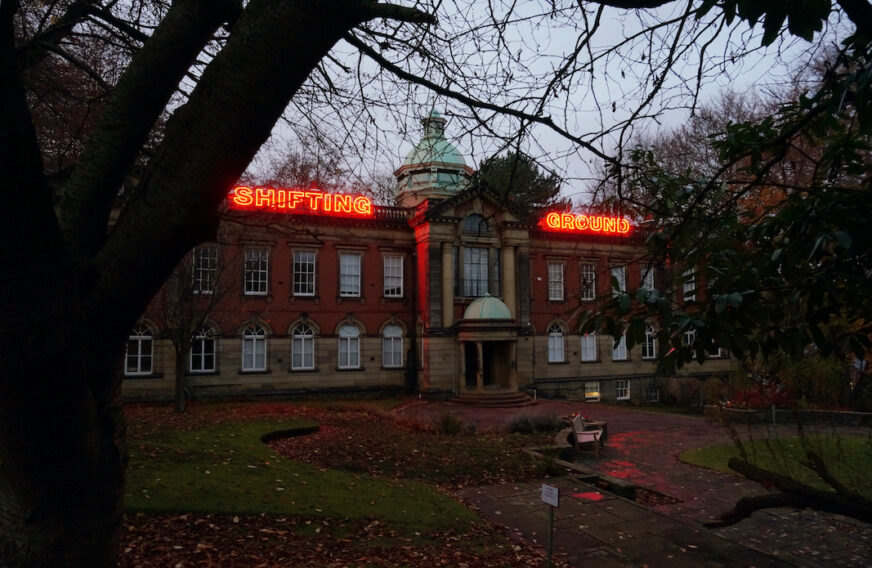
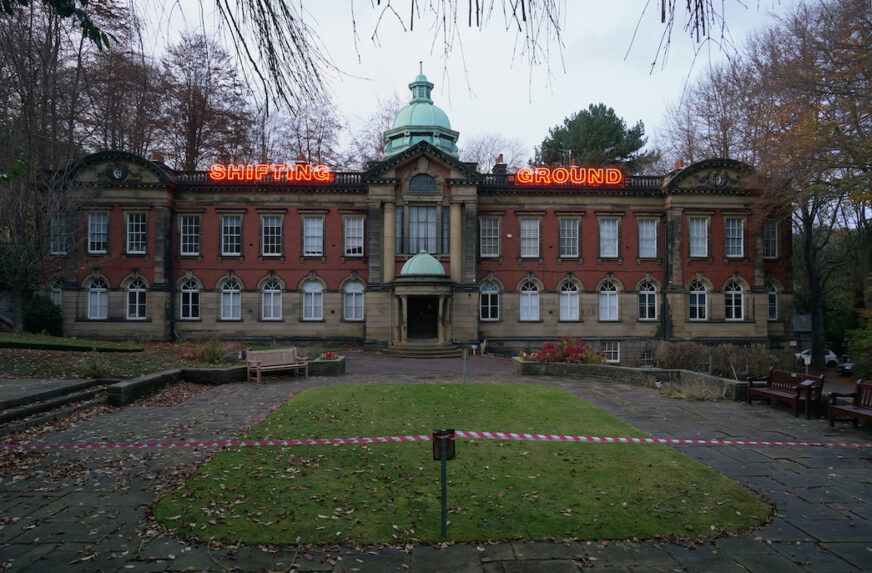


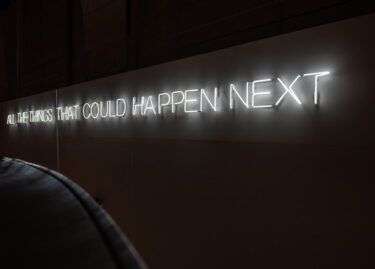 All the Things (II), 2022
All the Things (II), 2022 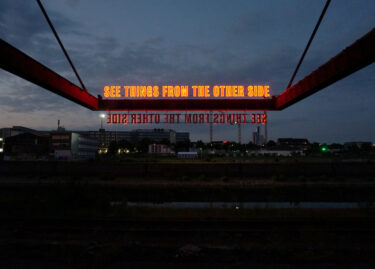 From the Other Side, 2022
From the Other Side, 2022 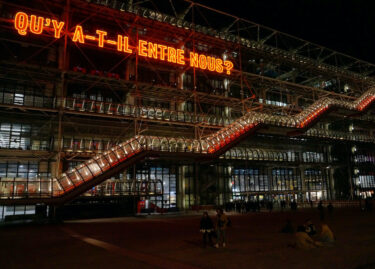 Qu’y a-t-il entre nous?, 2021
Qu’y a-t-il entre nous?, 2021  Let it come. Let it come., 2021
Let it come. Let it come., 2021 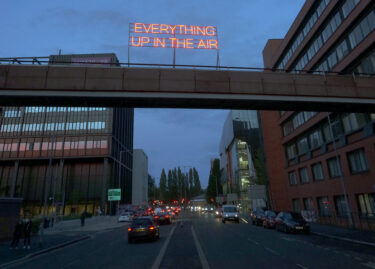 Everything Up In The Air, 2021
Everything Up In The Air, 2021 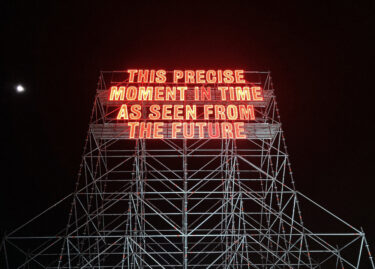 Precise Moment, 2020
Precise Moment, 2020